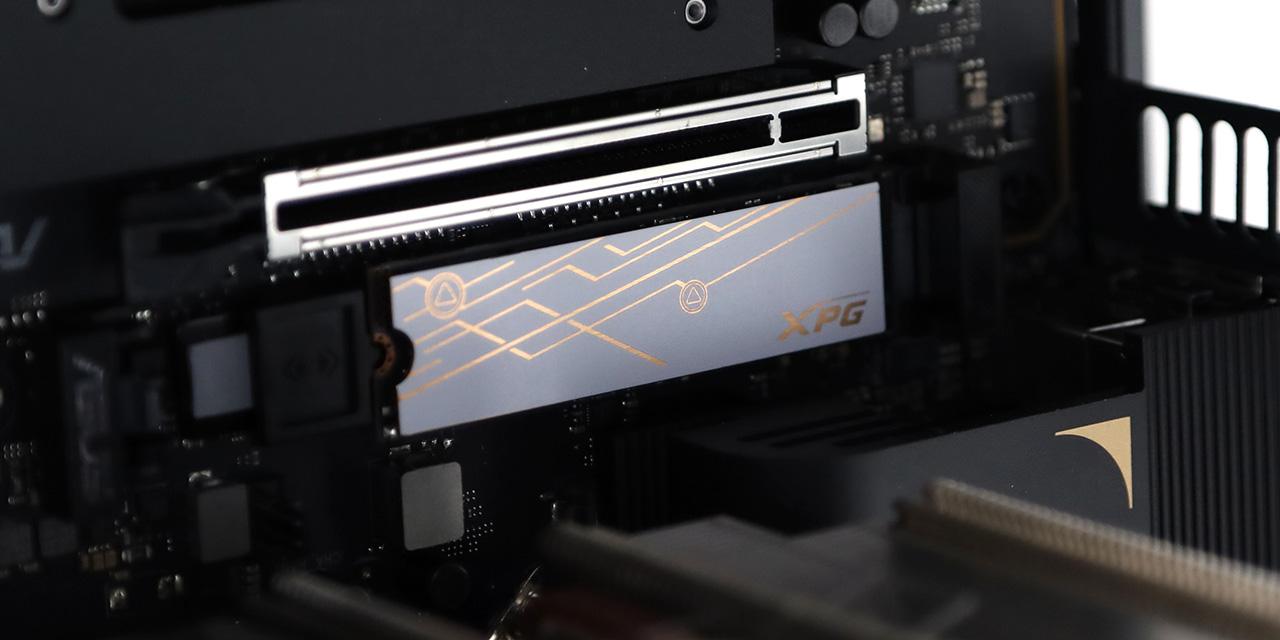From ExtremeTech: One major topic of discussion at the IEEE International Electron Devices Meeting (IEDM) this week has been the future of process nodes at 5nm, 3nm, and below. At present, there are just three manufacturers building on the leading edge — Intel, Samsung, and TSMC. ASML initially released a slide showing Intel’s roadmap at the conference this week, but while the bulk of the information presented in the slide was accurate, ASML had added dates to the slide that Intel didn’t originally put there.
ASML’s version of the slide takes the implied relationship between process nodes and when these nodes will be introduced and makes it explicit, assigning each new node to a specific upcoming year and naming the improvements from 10nm down to 1.4nm. ASML’s modifications to the slide aren’t crazy, but it’s important to draw the distinction between what Intel has explicitly said and what it hasn’t.
According to Intel, the 10nm node it’s shipping today is already 10nm+, with 10nm++ being used as the basis for 7nm development. 10nm+ is available in 2019, 10nm++ is coming in 2020, and 10nm+++ arrives in 2021. While Intel is developing 10nm++ and 10nm+++ it’ll simultaneously be preparing to deploy 7nm, which also launches in 2021 with Intel’s datacenter Xe GPU. The implication here is that Intel may use different process nodes for different product lines into the indefinite future, as opposed to migrating its entire product family over to the same node in stages over time.
View: Article @ Source Site





